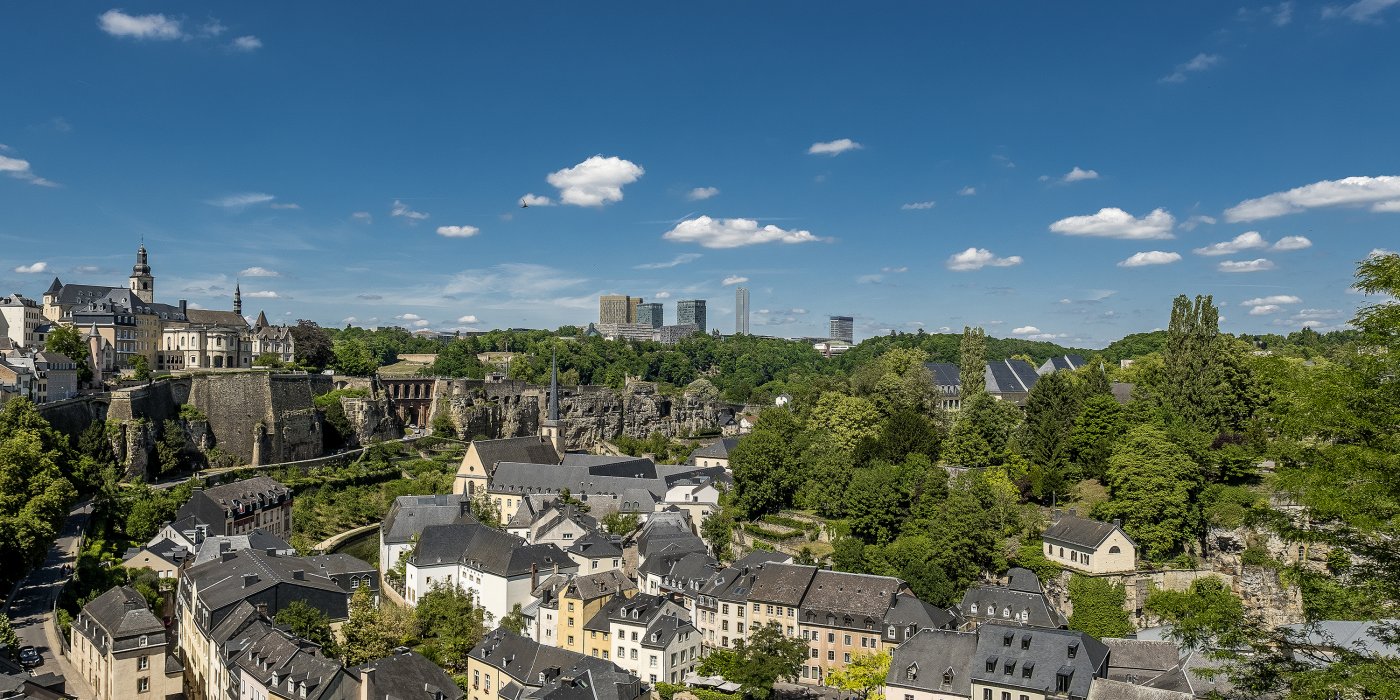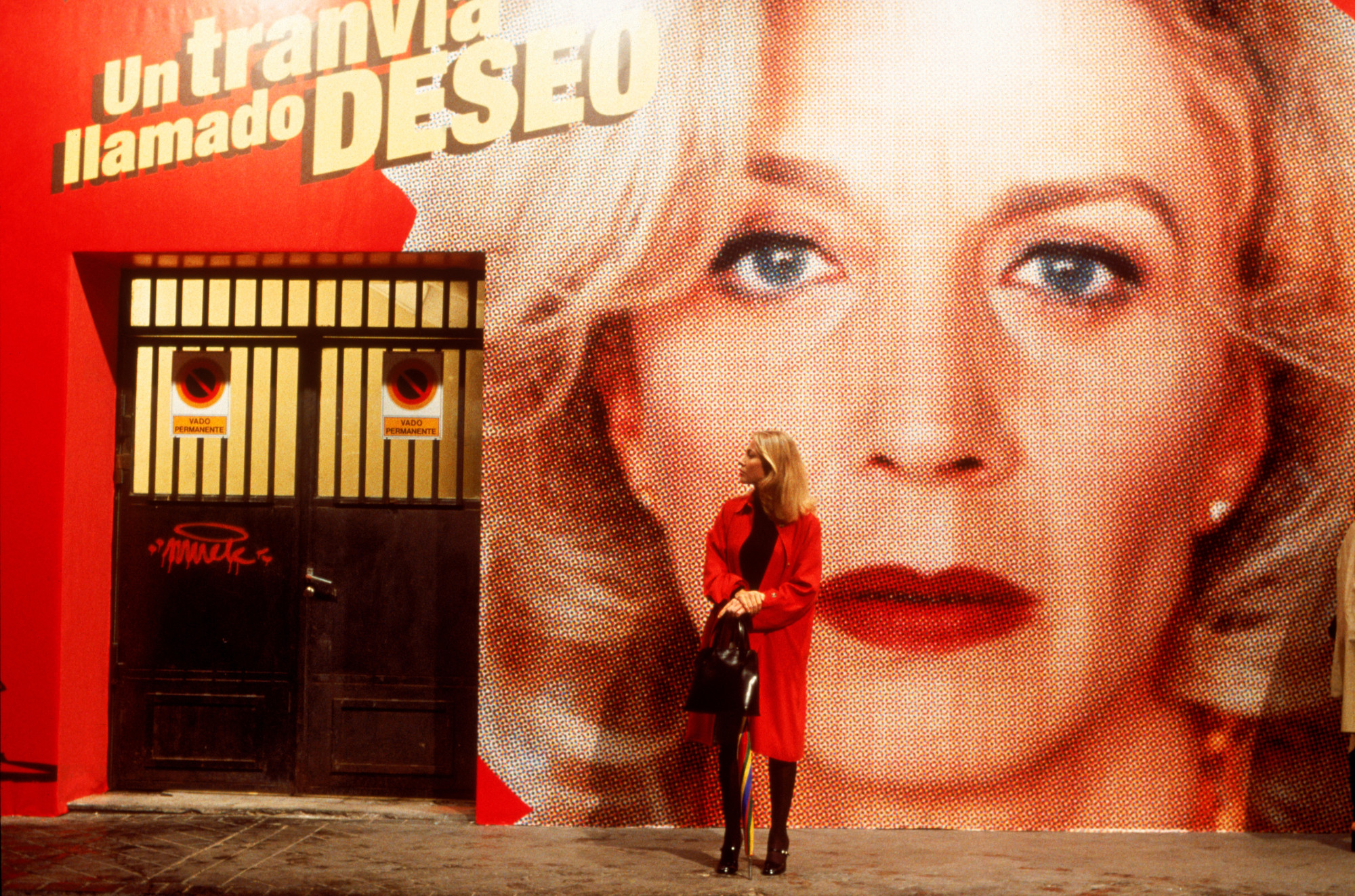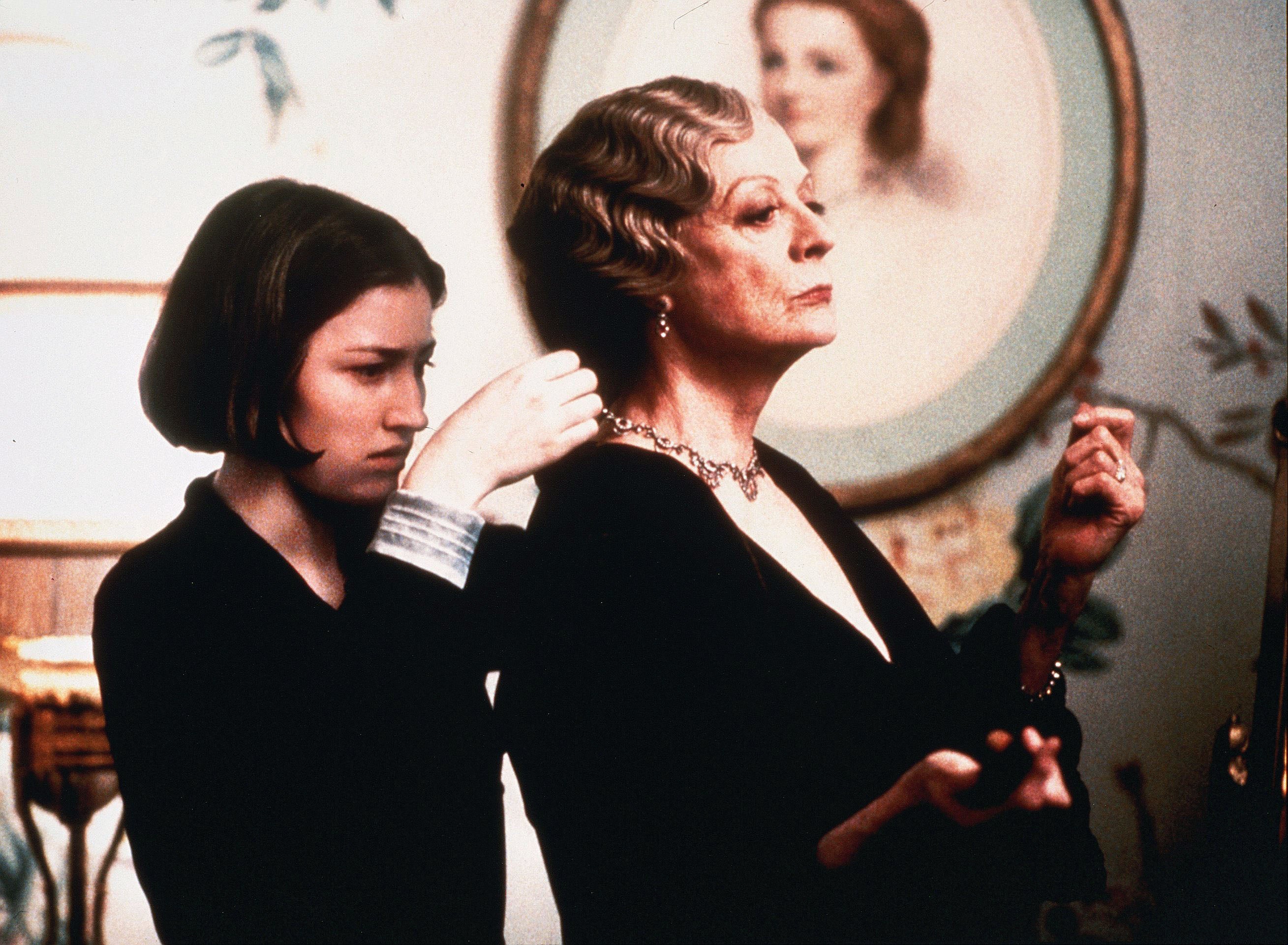Description
The mausoleum erected by Marie-Hélène Léonie Pretemer (1863–1943) in 1931 in honour of her husband, Dr Jacques Wester (1861–1906), and her daughter, Marie-Susanne Irma Daisy (1898–1920), is a masterpiece of the Art Deco style in Luxembourg. The floral-themed stained-glass windows were made by Sylvère Linster (1894–1974), a Luxembourg and Paris-trained glass painter whose workshops in Mondorf-Altwies enjoyed great acclaim. On the bronze door is a medallion featuring the letters W and P, for Wester-Pretemer, the family interred in the mausoleum.
Even without any religious references, the ornamental language is very symbolic. An imposing bust of Dr Jacques Wester sits at the back of the mausoleum. The sun rising above his head refers to his enlightened character. A peacock tail spreads out from the sun, symbolising constant renewal. Woollen drapery alluding to the sky covers the back of the bust. The bust stands amid oak and laurel branches, which symbolise endurance and victory. The veiled urn that crowns the mausoleum's tympanum reminds visitors that the ashes of the deceased reside here. The rose motif in the stained-glass windows also surrounds the sculpted cartouche on the tympanum bearing the inscription "Famille Wester" (Wester family).
This ornamentation expresses purity, love and faithfulness. The inscription "concession à perpétuité" (perpetual right) on the rear of the mausoleum expresses the family's intention to build a long-lasting monument. The trefoil-patterned bas-relief ribbons illustrate Dr Jacques Wester's generous nature. The family transferred the mausoleum to the City of Luxembourg in 1983.
An interesting feature of this mausoleum is that it originally bore the Wurth family name, which was effaced to inscribe the name, Wester. Jean-Mathias Xavier Wurth (1854–1905), who died in Luxembourg City, was the first occupant of the plot. He inherited the Hôtel de Cologne, on Avenue de la Porte Neuve, from his father. He was married to Marie Catherine Mathilde Pretemer (1866–1932). Together, the couple had one child, Marie Joseph Bernard Félix, who died in 1887 when he was four weeks old. Catherine Wurth-Pretemer's sister, Marie-Hélène Léonie Wester-Pretemer, was married to Dr Jacques Wester (1861–1906). It was she who later converted the Wurth grave into the Wester family mausoleum. Marie-Hélène Léonie Wester-Pretemer went so far as to transfer the ashes of her family – her husband and daughter Marie-Susanne Irma Daisy Wester (1898–1920) – from Sanem to Luxembourg City, although she lived in Differdange and her sister in Sanem.
In 1923, Marie-Hélène Pretemer hoped to build a mausoleum on land she owned in Sanem, but the Sanem College of Aldermen denied her request. She then offered to provide a plot she owned for use as a new municipal cemetery where she could erect her family's mausoleum. The town councillors also rejected this request, and this is probably why she transferred her family's ashes to Notre-Dame Cemetery in Luxembourg City.
Marie-Hélène Pretemer came from a family of property owners and farmers in Sanem and was a direct descendant of Jacques Pretemer (1747–1822), Jean "Kisch" Pretemer (elected mayor of Sanem in 1849) and Jean-Pierre Pretemer (1827-1904, elected mayor of Sanem in 1870) – who are all buried in the mausoleum. She married Dr Jacques Wester in 1893. In 1943, Marie-Hélène Pretemer became the last person to be buried in the mausoleum she had commissioned. She had a twofold purpose in commissioning the mausoleum: to pay homage to both her husband and her daughter, Marie-Susanne Irma Daisy, who died when she was just 22.
Jacques Wester was born in 1861 in Fennange, in the municipality of Bettembourg. He sat examinations in the natural sciences in 1888. After studying medicine at universities in Strasbourg, Zurich, Berlin, Paris and Vienna, he officially became a doctor in 1891. He set up as an ophthalmologist in Differdange in 1892, where he was soon appointed to dispense vaccines for the municipalities of Differdange, Pétange, Sanem, Dudelange, Rumelange and Kayl. Dr Wester was in charge of the project to establish a hospital in Differdange for injured factory workers and patients that would also serve as a hospice for the poor people of the municipality.
Dr Wester devoted his whole life to treating injured and ill people from Luxembourg's industrial basin, particularly workers from the Société Anonyme des Hauts-Fourneaux, Forges et Charbonnages Differdange-Dannenbaum, in which he became a shareholder in 1899.
Marie-Hélène Léonie Wester-Pretemer also sought to perpetuate her daughter's memory by setting up, further to a Grand Ducal Decree in 1924, the "Daisy Wester" academic scholarship fund for young women from the canton of Esch-sur-Alzette who attended the secondary school for girls created in 1911.

















